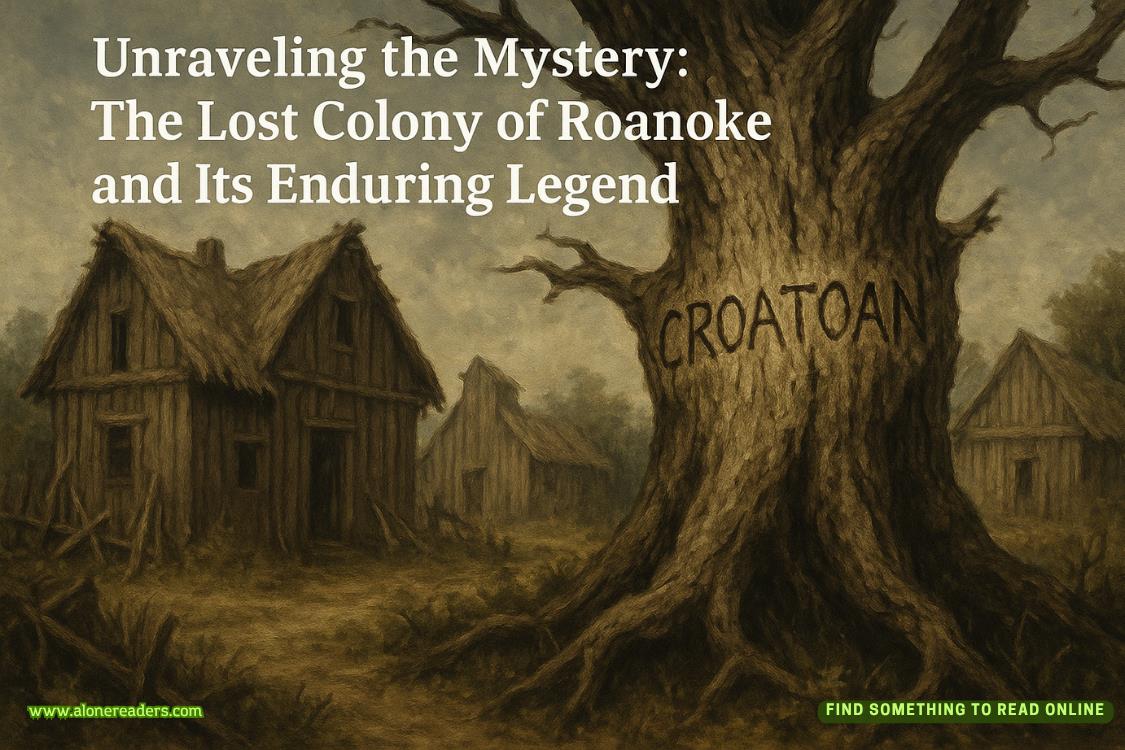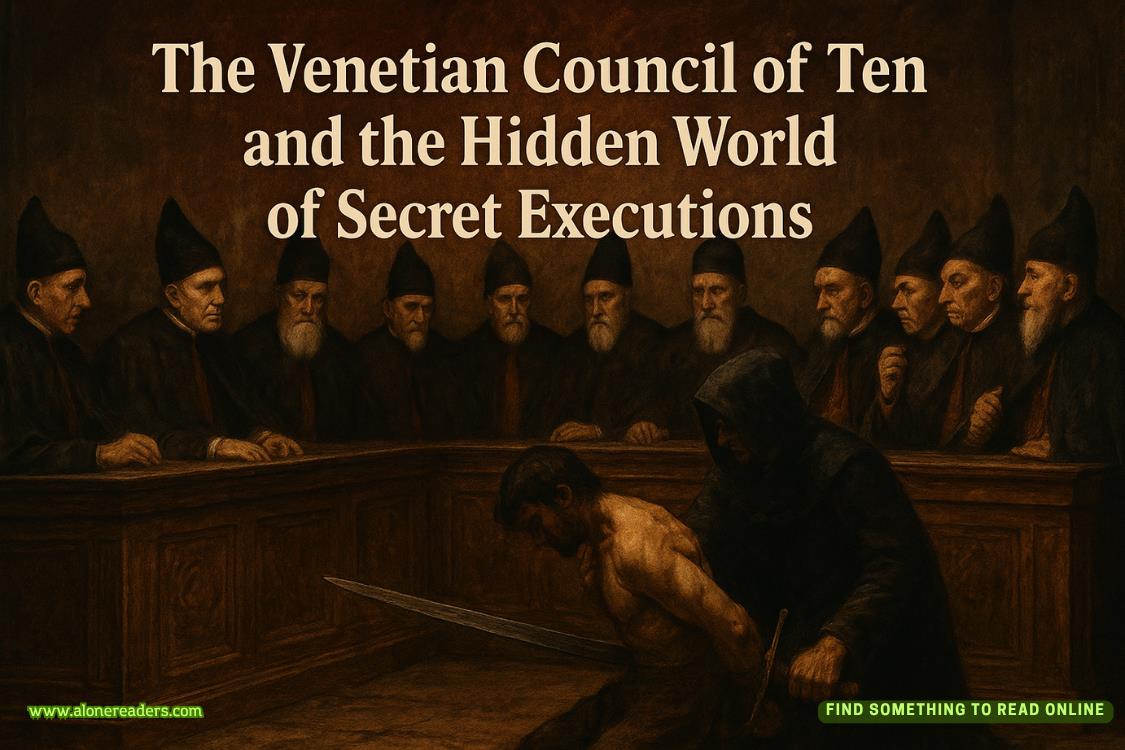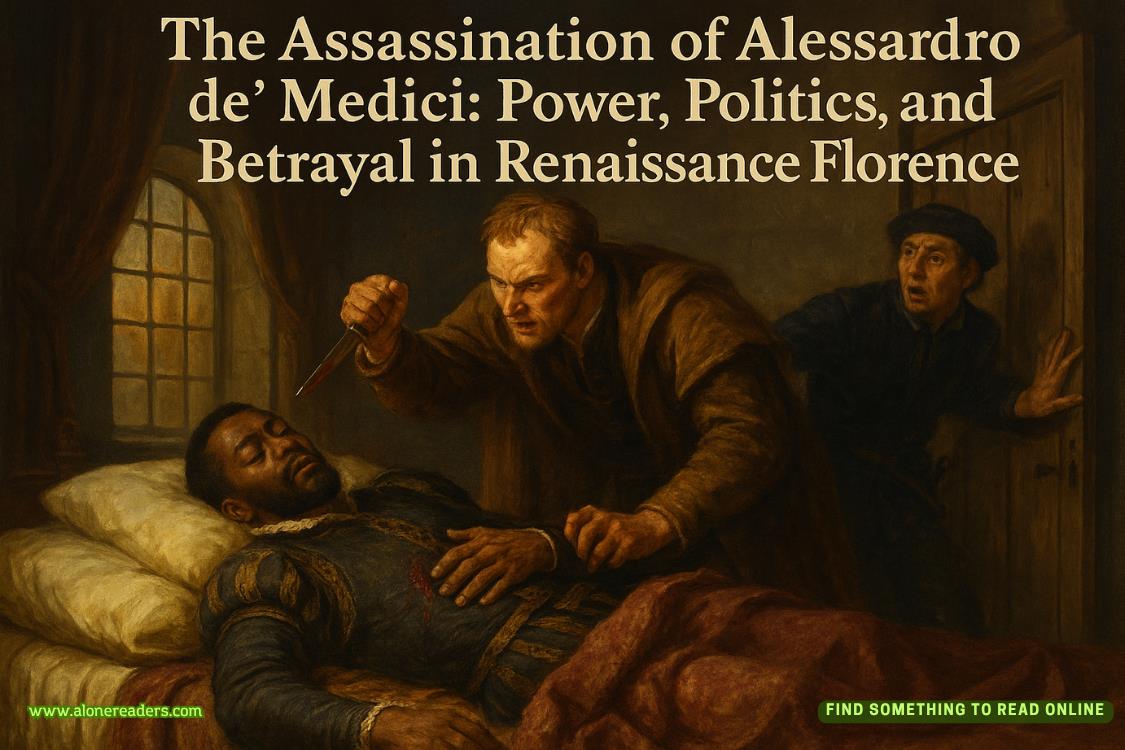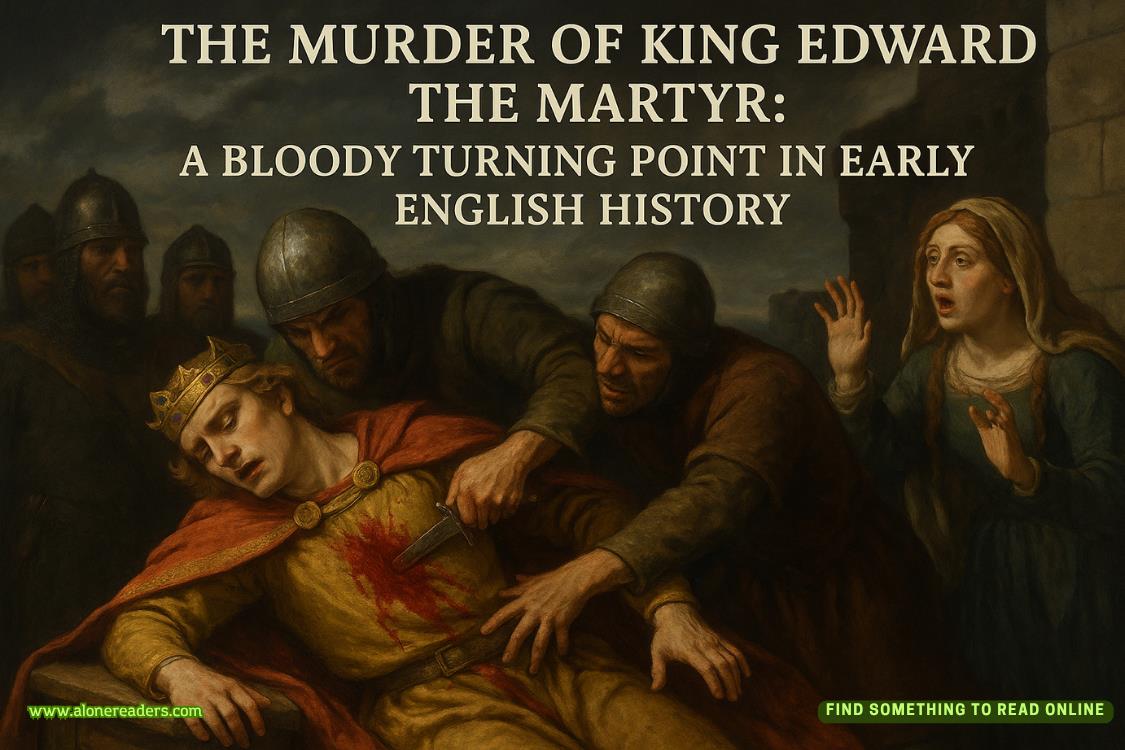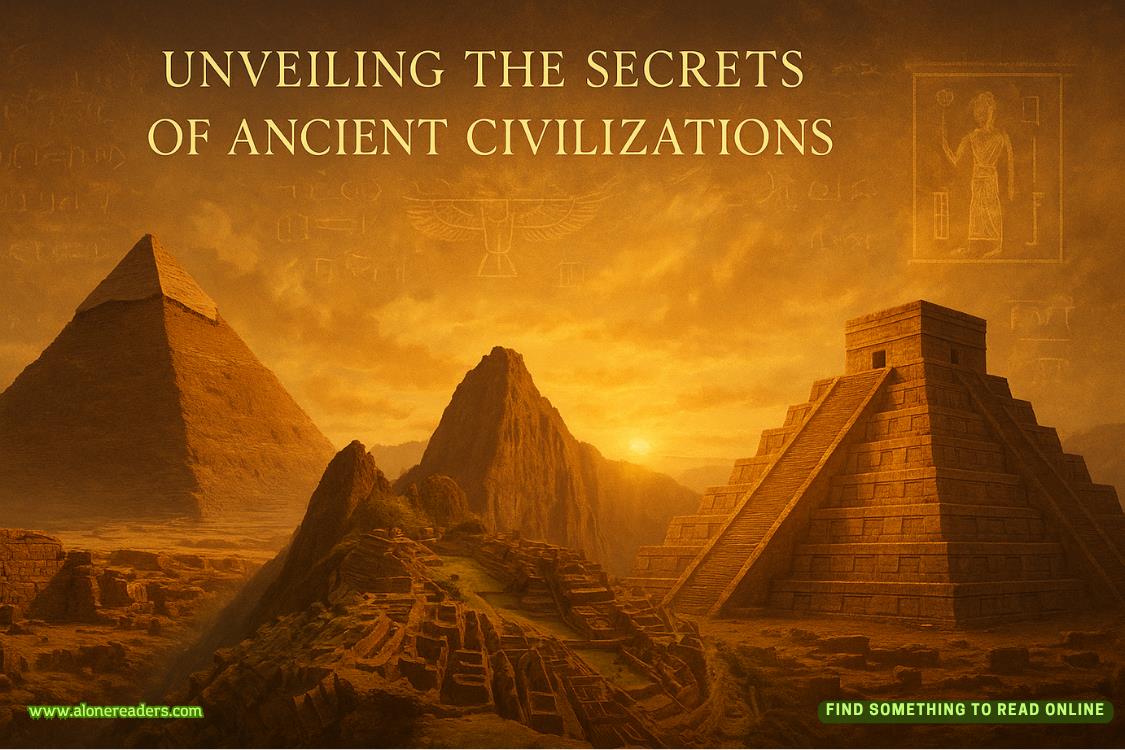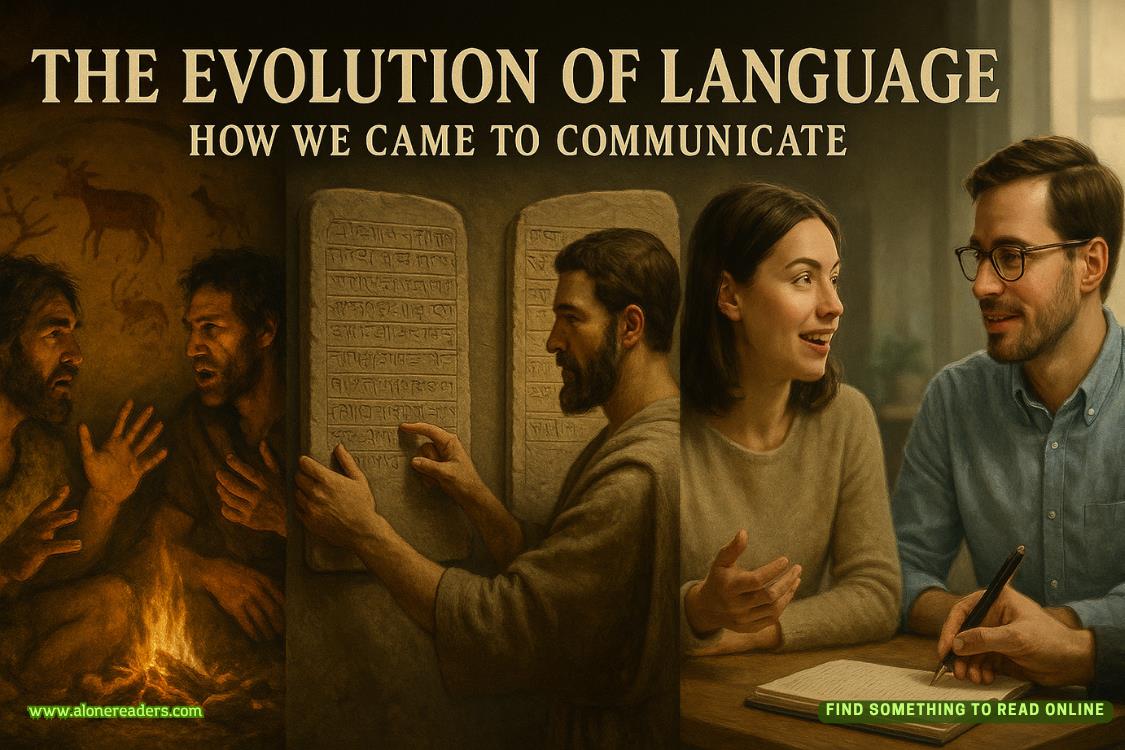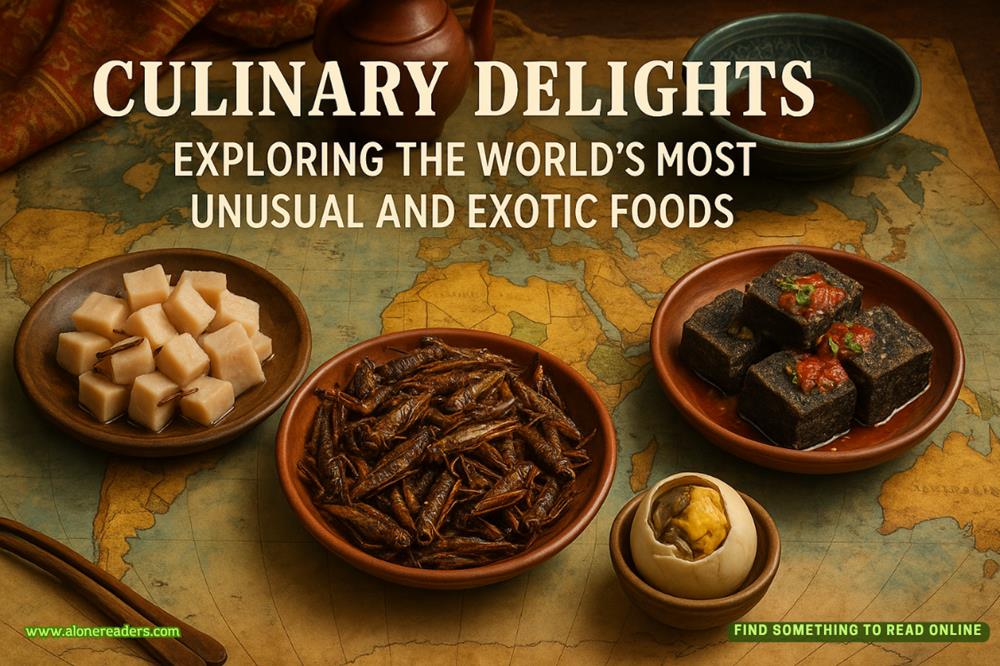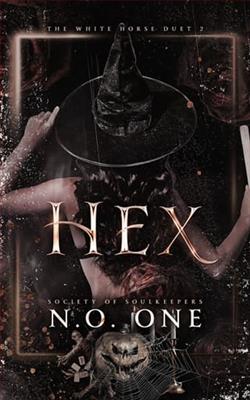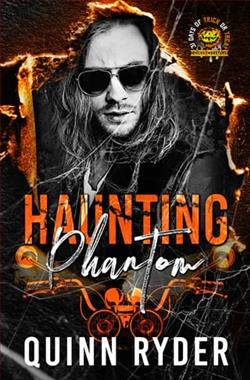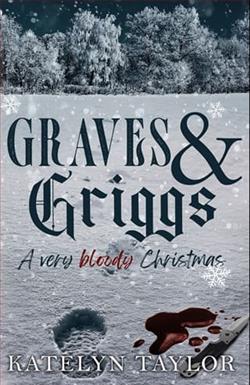Page 93 of The Devil Colony (Sigma Force 7)
“I’m going to come get you. I promise.”
“I know.” Her response held both tears and hope. “I know you will.”
The phone was taken from her. Rafael returned to the line.
“So we have a deal, n’est-ce pas?”
“I will call you with a time and location for the exchange.”
“And I will want proof of what you claim, Monsieur Crowe.”
“You’ll have it. As long as she is safe and unharmed.”
“So be it. Au revoir.”
As the line cut off, Painter continued to hold the phone, fingers clamped tightly to it, as if trying to keep his connection to Kai. He felt light-headed with relief.
A voice rose behind him. “So is Kai still alive?”
He swung around in the chair. Jordan’s bruised face was raw with worry. Focused on the call, Painter had not heard the boy creep into the office. Either the youth was remarkably light-footed, a trait well known to his Ute clan . . . or Painter was simply too exhausted to pay his usual attention.
Maybe it was a combination of both.
Painter faced the young man, knowing he had to be truthful. Jordan had earned it. “They’ve not harmed her,” he said. “But she’s still in danger.”
Jordan stepped forward. “So then you’ll tell them what they want to know . . . to get them to let her go?”
While this was a question, Painter heard the note of demand in it, too.
“I will try.”
That’s the best he could offer. He’d been bluffing with Rafael over the phone, buying time for Kai. But how much leeway had he bought her? How long could he keep stringing the Frenchman along?
In truth, Painter had no idea of the location of the lost Fourteenth Colony. Only one person had a chance of gaining that knowledge—and he was on the run, being hunted by every law enforcement and intelligence agency in the country.
The fear had returned to Jordan’s face.
Painter stood, crossed over, and placed a reassuring hand on his shoulder. “It’s okay to worry, but don’t lose heart. I have one of my best men on the case.”
Jordan nodded, took a deep breath, and let it out slowly.
Painter looked down at the telephone handset still in his grip. Rafael would be expecting another call in an hour. Painter needed some answers by then. He turned to the dark office window, staring across the breadth of the country.
Gray, don’t let me down.
Chapter 32
June 1, 2:50 A.M.
Nashville, Tennessee
Standing beside Seichan, Gray leaned his face closer to the oven window. Heat bathed his face. Inside the chamber, the golden plate rested atop a ceramic grate, canted at an angle, showing the Great Seal with the fourteen arrows.
Rows of blue flames waved along the bottom of the oven, slowly raising the temperature inside. Above the door, the readout from the digital thermometer steadily climbed higher, crossing above six hundred degrees Celsius.
“Shouldn’t be much longer,” the shop owner said.
The goldsmith was Russian, around fifty, with salt-and-pepper hair. He stood no taller than five feet but had a linebacker’s build with a bit of a paunch hanging over his belt. He scratched at a gold chain tucked under his T-shirt. The name of his business was GoldXChange, located amid a jumble of industrial complexes on the outskirts of Nashville. He bought old gold for cash, but also melted clients’ rings, coins, necklaces, and other jewelry into ingots.
He’d also had some trouble with the IRS. Kat had pressured the man to cooperate, threatened him with imprisonment if he did not keep silent about tonight’s enterprise.
The owner was plainly nervous, sweating through his shirt.
“Gold melts around a thousand degrees Celsius,” the Russian said. “See how the metal is already glowing.”
Inside the oven, the ruddy surface of the plate had burned to a sun-bright sheen. As he watched, a single, shimmering droplet appeared atop the stamped U.S. Seal, where the gold formed the image of the eagle’s feathers. It rolled down the slanted slope to drip into a ceramic pan beneath the grate. Soon more blazing teardrops began to weep and flow in rivulets, slowly erasing the details of the Seal. The crisp, sharp edges of the plate grew soft, melting away in a river of gold.
“That should be hot enough,” Gray told the shop owner. “Hold the temperature right there.”
Gray did not want to risk damaging the map if it was buried inside. The denser nano-gold had a higher melting point than the rest of the plate, but that didn’t mean it wouldn’t soften if it got too hot. They dared not melt away the details of the map.
Once the temperature was set, Gray pointed the Russian to the door. “You’ll need to leave now. Go join my partner outside.”
The goldsmith did not hesitate. With a nod, he backed away, turned, and quickly strode to the exit. Monk was outside watching the street. They did not want to be ambushed again.
Gray waited for the man to leave before returning his attention to the oven, in which molten gold was flowing like liquid sunshine. Slowly the plate eroded before their eyes, shedding more and more of its mass.
“Look along the top,” Seichan said, reaching out to grip his wrist.
“I see it.”
A dark ragged ridge appeared, protruding from the leading edge of the plate, a shadow against the brilliance of the molten gold. Over the next few minutes, more and more of the blazing metal poured away, revealing a greater expanse of the hidden object. That new metal smoldered also—but less brilliantly, a ruddy rosiness against the yellowish gold.
“It’s the map,” Seichan whispered.
This became clear as the remaining gold drained away, flowing across the rosy metal surface, exposing another long-held secret.
This hidden bit of cartography wasn’t a flat engraving.
“It’s a topographical map,” Gray said, awed by the artistry.
Tiny, sculpted mountain ranges appeared, along with deep-cut river valleys and pockets that marked lakes. The melting gold revealed a darkly glowing scale model of the upper half of the North American continent.
As Gray watched, one of the last molten droplets slid like a sailing ship down a large river valley splitting the middle of the continent.
That has to be the Mississippi.
He continued to identify other landmarks: a chain of depressions that marked the Great Lakes, a small crack that could only be the Grand Canyon, a raised spine of mountains that mapped the Appalachians. Even the coastlines looked uncannily accurate. Then, to the northeast of the continent, out in the ocean, rose a peaked series of islands around a larger mainland.
